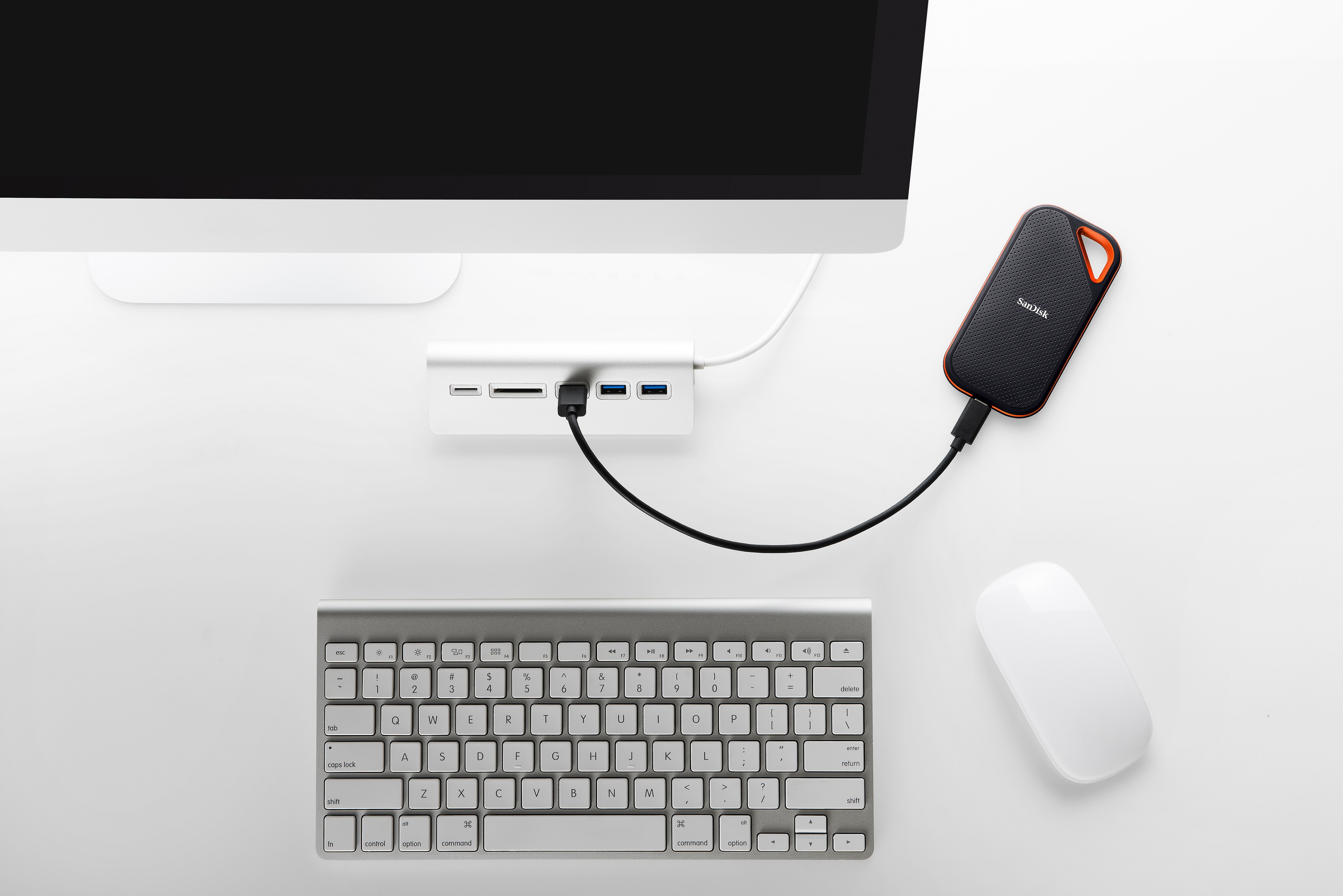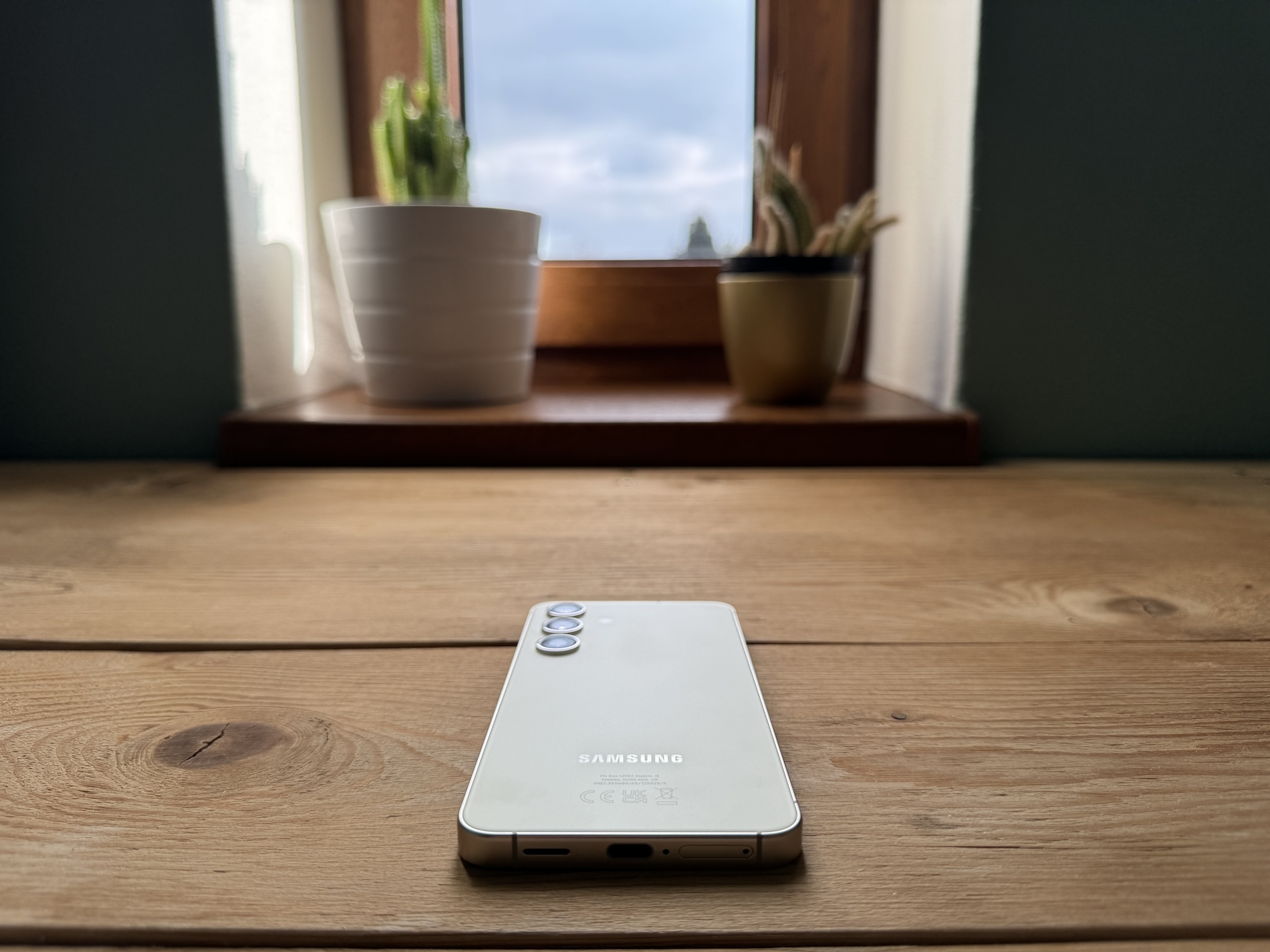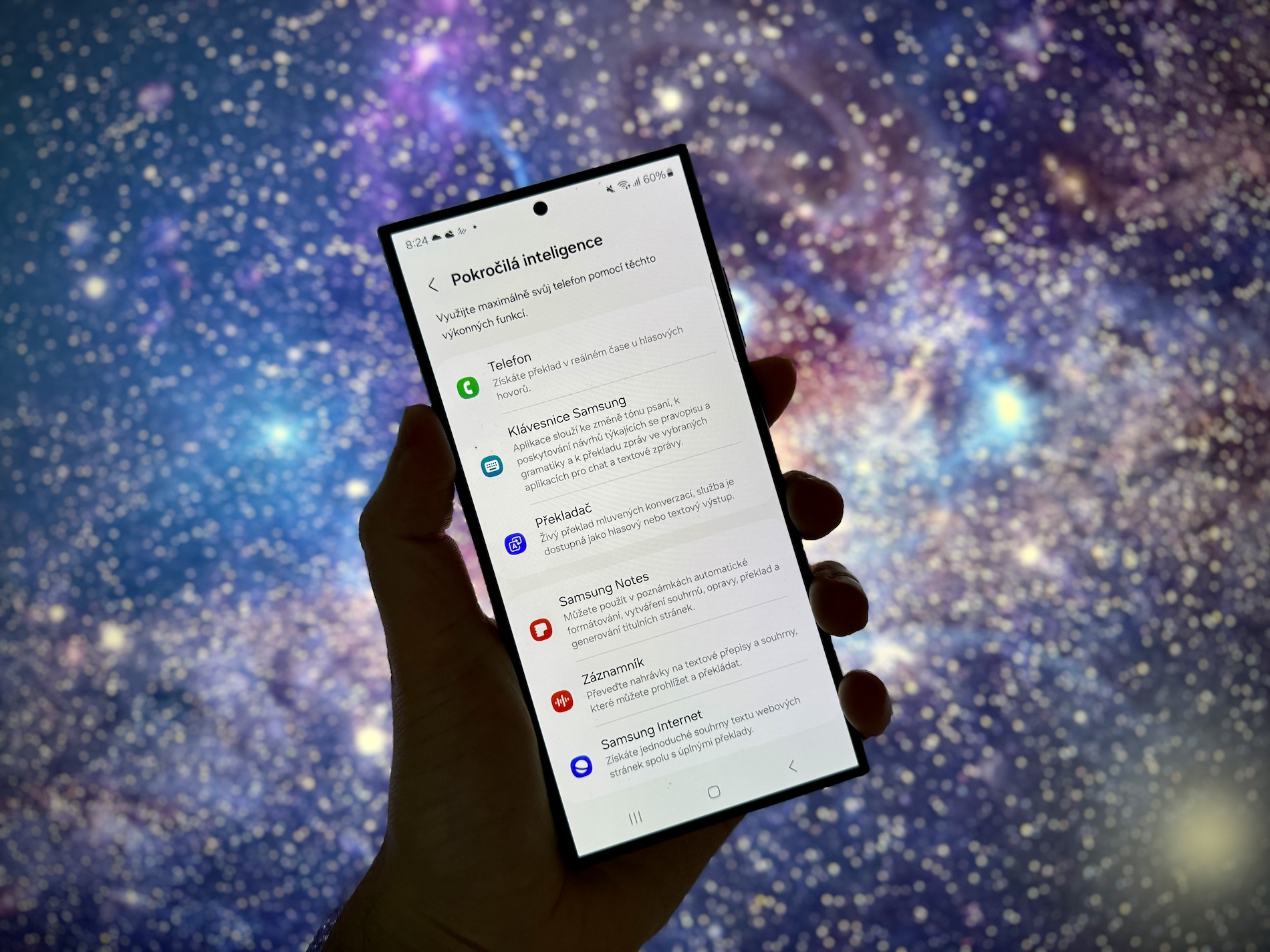The exponential growth of digital data has fundamentally changed our lives. Most of us today own a smartphone and almost all of us are online all the time, whether it's uploading photos to social networks, browsing the internet or consuming digital content. Our dependence on digital data has become absolute. From irreplaceable personal photos, videos and documents to our professional endeavors. However, this dependency introduces a critical vulnerability: the possibility of data loss.
Hardware failures, accidental deletions and the ever-present threat of cyber-attacks pose a significant risk to the integrity of our digital assets. In this context, data backup becomes crucial to ensure the safety and availability of our digital life.
The consequences of data loss can be far-reaching. Imagine the devastating loss of valuable family photos, important documents, or professional failure in the form of irretrievably lost work files. Data backup serves as an important safeguard against these potential disasters and offers a reliable method of data recovery.
Help protect your digital foundation: Beyond disaster recovery
The benefits of data backup extend far beyond disaster recovery. Backing up data gives us a sense of security, allowing us to embrace new technologies with confidence.
Data backup allows individuals to fully utilize the potential of the digital world without worry and knowing that there is a secure mechanism in place to protect their informace, whose value cannot be quantified. According to an internal study by Western Digital, 54% of people expressed a willingness to partially back up their data in the future. Is it a lot or a little? And do they know how?
Implementing a Data Backup Strategy: A Framework for Success
Creating a robust data backup strategy can seem challenging, but with the option of automated backups, the process becomes easy. It all starts with understanding the layout of the digital landscape. Determining what really matters—family photos, important documents, treasured memories—allows us to effectively prioritize our efforts.
Once we understand the meaning of our data, the next step is choosing the right tools for the job. It's not just about finding any backup solution, it's about finding one that fits seamlessly into our lives. We must consider not only the volume and availability of our data, but also its scalability and budget constraints.
Consider the 3-2-1 strategy the gold standard in data backup recommended by Western Digital. This strategy suggests having a total of three copies of data on two different types of media, with one stored off-site for added security. It's a simple yet powerful concept that ensures our digital assets stay safe. Take photos and videos for example. The original files, the first copy, are stored on a trusted storage device, such as a reliable WD My Book drive. Then comes the second copy, protected on another medium, such as the lightning-fast SanDisk Extreme Pro portable SSD. And finally, for an extra level of protection, the third copy resides in the cloud, accessible from anywhere at any time.
These storage solutions are not only impressive; they are the guardians of our digital security. Whether it's the massive storage capacity of WD's My Book, the portability and speed of the SanDisk Extreme Pro Portable SSD, or the remote availability of cloud storage, each serves as a strong defense against digital uncertainties.
In today's connected world, data backup is not just prevention, but an investment in our digital well-being. It's the assurance that our digital footprint will remain intact and accessible no matter what the future holds. Let's embrace the importance of data backup not just as a technical matter, but as evidence of our commitment to protecting what really matters.
- You can find products suitable for backup, for example <a href="https://cdn.shopify.com/s/files/1/1932/8043/files/200721_ODSTOUPENI_BEZ_UDANI_DUVODU__EN.pdf?v=1595428404" data-gt-href-en="https://en.notsofunnyany.com/">here</a> whether <a href="https://cdn.shopify.com/s/files/1/1932/8043/files/200721_ODSTOUPENI_BEZ_UDANI_DUVODU__EN.pdf?v=1595428404" data-gt-href-en="https://en.notsofunnyany.com/">here</a>




